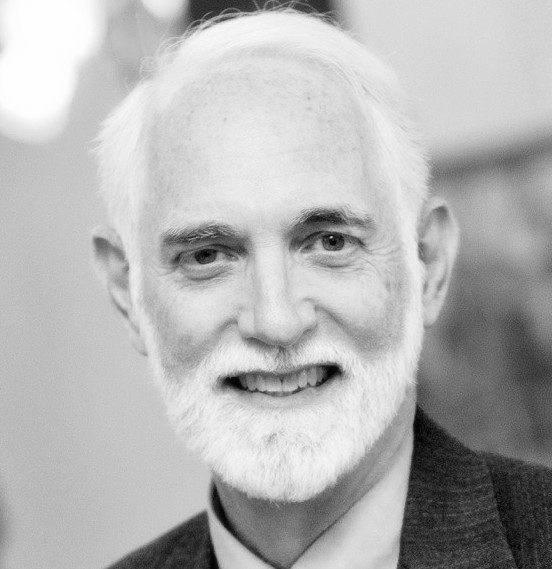Angela Duckworth’s presentations and research have spawned a lot of discussion over the last year on the dominant importance of sustained hard work in becoming successful. Her central conclusion is that perseverance (what she calls “grit”) is a better indicator of who will be successful than talent. Others have seized on her research as proof that the problem with “kids these days” is that they need to show more “grit” if they want to be successful. Like any clever packaging of a provocative idea, “grit” is only part of the picture. Even assuming a level playing field (and that’s a big assumption), in some situations, more grit may not be the answer and actually be counter-productive.
Duckworth’s studies seem to focus on groups involved in well-defined tasks with well-defined paths for achievement – math students, military trainees, and salespeople. What if the path to success is less clear, is “grit” still the best predictor? My hypothesis is that when the path to success is unclear, you and your team need a combination of flexibility in your strategy as well as determination to push through and learn from initial failures.

Try this team exercise to trigger a discussion of the right balance of flexibility and determination. In preparation, you create a grid on the floor of about eight rows by eight columns using masking tape with each cell big enough to stand in comfortably, so about 12 to 18 inch square cells. The grid represents a river.
The objective is to get the whole team across the river by finding “stepping-stones” just below the surface of the “water.” The team selects a member to begin “testing the water.” When the first team member steps on a cell at the edge of the grid (river), you as the Game Overall Director, say either “yes there is a stepping stone in that cell” or “no there is not.” If the answer is no, then the team member falls in the river and must go back to the shore and another team member gets a chance to find the path across. If the answer is yes, the team member keeps testing adjacent squares.
Only one team member at a time can test for the stepping-stones in the river. As Game Overall Director, you create a small version of the grid on a piece of paper on which you lay out the path across the river so you can refer to it. You can make the path simple or complicated including adding some places where jumping across a cell is required. You may want to put a time limit on the exercise to create some pressure. The team is not allowed to use any paper, pencil, or other memory aids to mark or record the path.
After the team has had some success at finding part of the path across the river and the most recent team member has fallen in and gone back to shore, you as Game Overall Director secretly change one or two stepping stone locations (cells) in the path the team knows so far but you do not tell the team. (Maybe the river current has moved some stones.) You let them discover the change. It helps to have this second path already on your reference paper in another color.
This is where it gets interesting. What does the team do when the problem changes without warning? What happens when something they thought was already a clear path is no longer clear? Do they get angry at the Game Overall Director for “cheating?” How do they recover?
As with any team exercise, the value comes from how you process the experience afterwards. What happened? What did people say? How did they feel? What strategies did they use for remembering the path? How did they make decisions as a team? What did they do when they had to change strategies? The team learning generally revolves around what we do when the path we are certain is right no longer is getting us to the goal.
Do we keep trying the same path because it worked before or are we able to be flexible and try something else? How do we combine determination and flexibility. As Nietzsche is often quoted, “Many are stubborn in pursuit of the path they have chosen, few in pursuit of the goal.”
Note: I also have variations of this exercise for specific situations, group size, and organizational issues. If you want to try the team exercise and have questions about the set up or processing, send me an email at giles@gileshopkins.com

4 responses to “A Learning Opportunity in Flexibility and Determination for You and Your Team”
Neat exercise. Love the TLA for the trainer.
Yes, I first saw that title is some simulation long ago and thought it was a nice way to highlight how we get angry at the gods for surprises we find difficult.
Giles,
I am a fan of Angela Duckworth’s work on grit as it applies in the education environment. Seems we educators are just beginning to grasp how important the social and emotional aspects of learning are in addition to the cognitive development of young minds. Of course, social psychologists have understood this for a long time. However, the right-wing, profiteers running, or should I say ruining, education are not interested in these more humane considerations. They prefer standardizing teaching as though we are creating widgets and, thus can deskill teachers and then blame them for school failure.
However, you cautionary perspective on the application of Duckworth’s research findings are important to consider!!
Bobbi
Good points. We can’t blame Ms. Duckworth for what other people do to distort her research for their own political agendas.